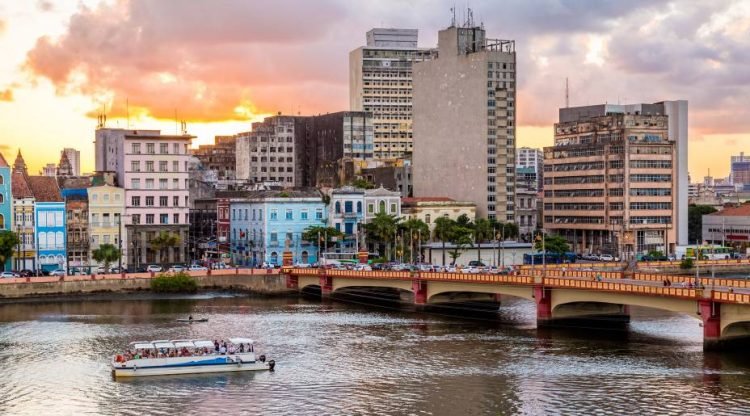
The English language in Pernambuco (part 1)
This is part of a series fo 3 texts about the English influence in Pernambuco.
In the Early 19th century, when the regente Prince D. João opened Brazilian harbours, the English began to arrive in Brazil – specially in São Paulo, Rio de Janeiro, Salvador, and Recife.
Back in that time, Recife had nearly 200,000 inhabitants, and the English colony was already relevant, including banks and corporations such as the Western Telegraph Company, Pernambuco Tramways Power Company, Huascar Purcell, Pernambuco Paper Mills, Western of Brazil Railway Company, Price Waterhouse, Machine Cotton, Cory & brothers, Bank of London & South America, London & River Plate Bank and White Martins.
In 1810, Portugal and England signed the Tratado de Comércio e Navegação. Its article 12 determined that the vassals of Your British Majesty who died in the territories of Your Royal Highness, the Regent Prince of Portugal, should be buried in places designed for this end. Thus, in 1811, both in Bahia and Rio de Janeiro, lands were chosen in order to become cemeteries for British citizens, who could not be buried in the churches or small churchyards next to them – as they were not Catholics.
In 1814, the governor of Pernambuco, ruled the donation to the English consul a piece of land in Santo Amaro, where a cemetery should be built, for the English. The area was increased by the acquisition of adjacent lands by the English themselves. The Cemitério dos Ingleses in located on Cruz Cabugá avenue. It is now closed most of the time. Its gate is from 1852 and its administration is elected by the English (or their descendants) who have relatives buried there.
The English influence in Pernambuco was very remarkable. When the current Conde da Boa Vista Avenue was named Formosa Street, there was an Anglican church – the Holy Trinity Church – where one will currently find the Duarte Coelho Building and Cinema São Luiz. The Recifenses call it ‘igrejinha dos ingleses’. At number 35 of the old landfill of Boa Vista (currently Rua da Imperatriz), there was the British Hospital, a four-story house with a pier for boarding and debarkation on Capibaribe river, which was initially, destined to British citizens and ended its operations in 1878. On Padre Inglês street, there used to be inns and hotels for the English.
In this post, we talked a little about some sites in Recife which were built and opened by the English. Coming up, we will learn about the social and sports clubs the English founded in Recife. Let us know if you enjoyed reading this text by leaving a comment ��









